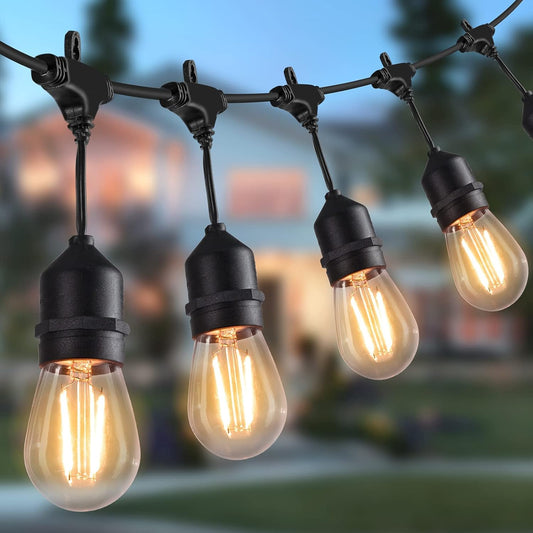Compared with energy-saving lamps and LED
At present, most household lamps on the market have gradually changed from the original incandescent lamps to energy-saving lamps. Now most of them tend to LED lamps. This is the result of the needs of the times and the market test.
Needless to say, incandescent lamps are the most primitive and the first bulbs used in various homes and public places. Energy-saving lamps are a new product that gradually increases brightness and reduces energy consumption.
Energy-saving lamps
From a technical point of view, the luminous core of energy-saving lamps and incandescent lamps is still the same, both use tungsten filaments, but the difference is that incandescent lamps are tungsten filaments, the interior is in a vacuum state, and there is no filler. The lamp tube of the energy-saving lamp is designed to be a vacuum, which is filled with mercury. The accelerated electrons react with the evaporated mercury atoms to produce ultraviolet light.
Even if the luminous principle has been improved, the existence of tungsten filaments and mercury has increased two problems. One is the melting of tungsten filaments, and the other is the release of mercury after the bulb is broken. These two reduce the service life of the bulb and increase environmental pollution.
Then the LED lamps that appeared later effectively solved these two problems. Because LED lamps rely on the chip of the lamp beads to emit light, there is no possibility of melting. Moreover, even if the LED lamp is broken, it will not release other elements, but will just stop emitting light quietly.
LED lamp
In terms of current cost, the cost of LED is getting lower and lower, and the quality is getting better and better. It is used more and more in many homes and public places. Compared with energy-saving lamps, the service life can be extended by 4 times, and the life span can reach 50,000 hours to 100,000 hours, which means it is replaced almost every 5 years. If it is not a problem with the circuit or voltage, the probability of breaking is usually very small. At the same time, because its power is smaller, under the same brightness, the energy consumption is also 80% more energy-saving than energy-saving lamps. If it is under the same power, the brightness is also much brighter than energy-saving lamps.
LED lamp usage scenario
Among the many light bulbs in the home, the large chandelier in the living room, the round ceiling lamp in the bedroom, and the ceiling lamp in the kitchen are gradually using LED lamps. For household electricity, brightness, service life, power consumption, and user experience are all considerations. What light bulbs are you still using at home?





